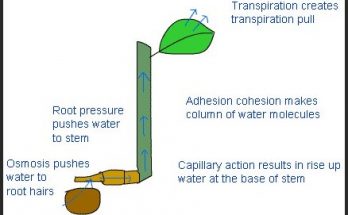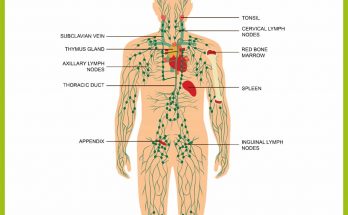
9 Important Function of the Platelets
9 Important Function of the Platelets in the blood –
blood clotting process , Healing and Repair of damaged blood vessels, Growth factor production, Inflammation, Anticoagulation, Blood pressure regulation, Blood flow regulation, Antibacterial , Tumor suppression








